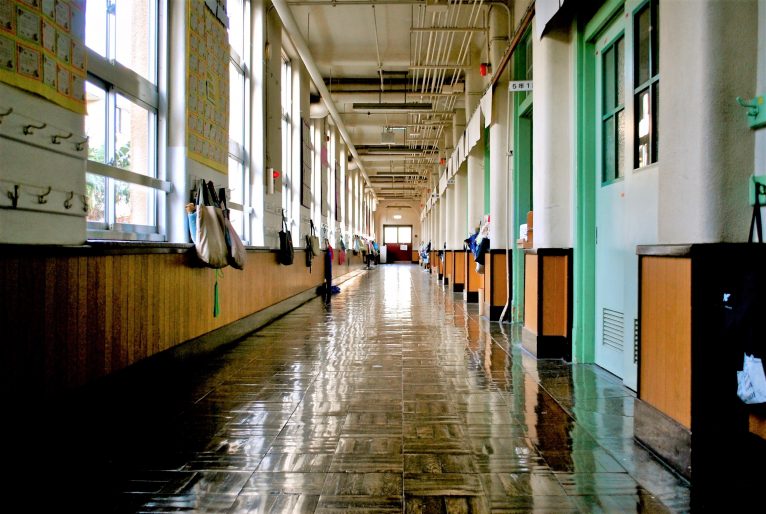The Healthy Schools Campaign (HSC) and Green Seal have announced a pilot Healthy Green Schools & Colleges certification standard to improve indoor air quality (IAQ) in educational facilities.
The public pilot standard is designed to support facility managers in identifying and implementing low- or no-cost measures that make a significant difference in a school’s IAQ. The standard can be implemented district-wide or university-wide to ensure an organization-level commitment to standard operating procedures, resource distribution, and facility maintenance that supports the health of students, staff, and the environment.
Nine U.S. school districts and 10 colleges have already signed on as early adopters and will begin formally implementing the standard to provide data and advice on thresholds for certification levels.
“The pandemic has made creating healthy school environments an urgent national priority and brought to light the significant under-investment in school facilities nationwide,” said Doug Gatlin, Green Seal CEO. “This national standard fills a critical gap to provide schools with the resources and network to ensure a quality of school facility that every student in America deserves.”
“Unhealthy indoor air, inadequate ventilation, and chemical exposure from cleaning and maintenance routines are linked to poor concentration and test performance in students. These conditions are disproportionately found in schools serving primarily low-income Black and Latin students, making this an important issue of equity,” says Rochelle Davis, president and CEO of Healthy Schools Campaign.
The first-of-its-kind standard for healthy and sustainable facilities management was designed in partnership with the K-12 and university facility directors on the Healthy Green Schools & Colleges Steering Committee and with input from early adopters, stakeholders and the public.
It covers the full range of facilities management practices, including:
- Cleaning and Disinfecting to reduce exposure and injury risks to cleaning staff; reduce the risk of virus transmission; reduce exposure to environmental health hazards; and support student health needs.
- Integrated Pest Management to protect occupants from environmental health hazards and improve the IAQ of school facilities.
- Sustainable Purchasing to ensure school district or university purchases reduce negative environmental and human health impacts and help reduce the spread of infectious disease, while also delivering effective functional performance.
- HVAC and Electric Maintenance to ensure proactive, preventative, planned, and reactive maintenance for all installed HVAC devices and fixtures to maximize their period of usefulness and improve the IAQ of school facilities.
- IAQ Testing and Monitoring to ensure processes, procedures, and tools are in place to monitor IAQ, while balancing the impact of HVAC on energy consumption and helping to identify opportunities to improve IAQ.
- Training to ensure cleaning and maintenance personnel work in the safest and most effective manner possible and receive appropriate training to promote health, safety, sustainability, sanitation, and minimize the spread of infectious disease through their work.
- Communication to encourage cleaning staff, management, school building administrators, employees, and students to practice clear, effective, and equitable communication to develop trust.
The standard will be the centrepiece of a comprehensive program launching this spring to support school facility management professionals in transforming the health and sustainability of school campuses.
First, a self-assessment tool will allow schools to objectively measure their current indoor environmental health and sustainability performance, while guidebooks, training, and tools will help facility professionals determine and take the next steps.
Then, the standard’s points-based scoring system encourages schools to keep improving at their own pace, with support from a network of facility management peers across the country who are on a similar journey. Schools that reach the top level of achievement can apply for third-party certification, earning public recognition for their verified expertise in providing healthy school environments.
Learn more about the Healthy Green Schools & Colleges standard and program here.








